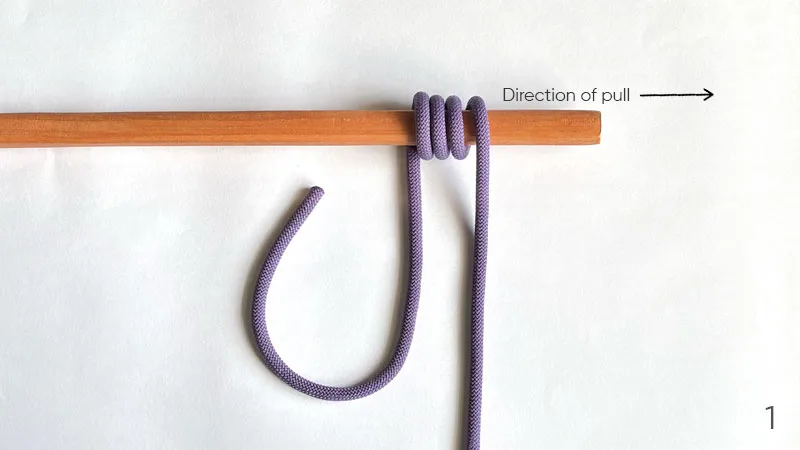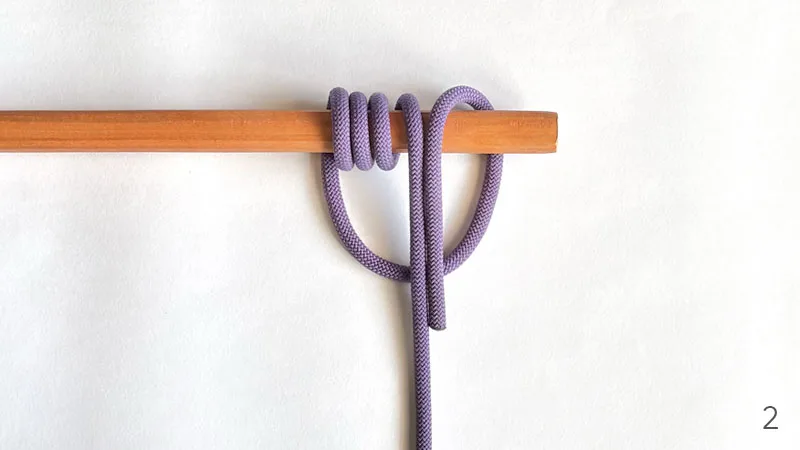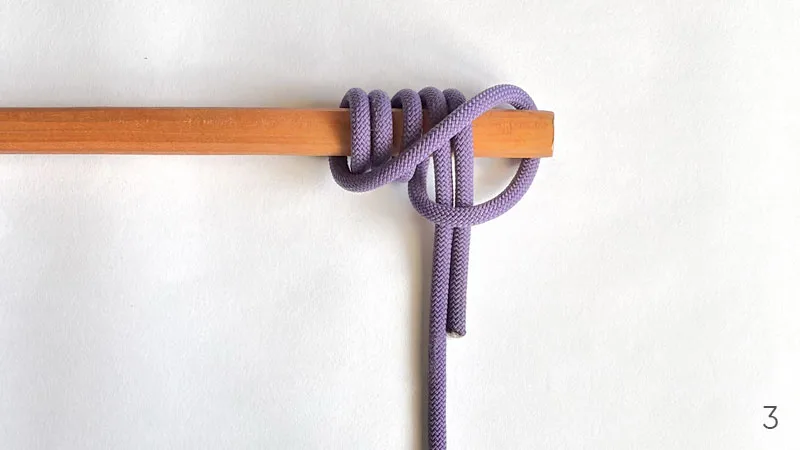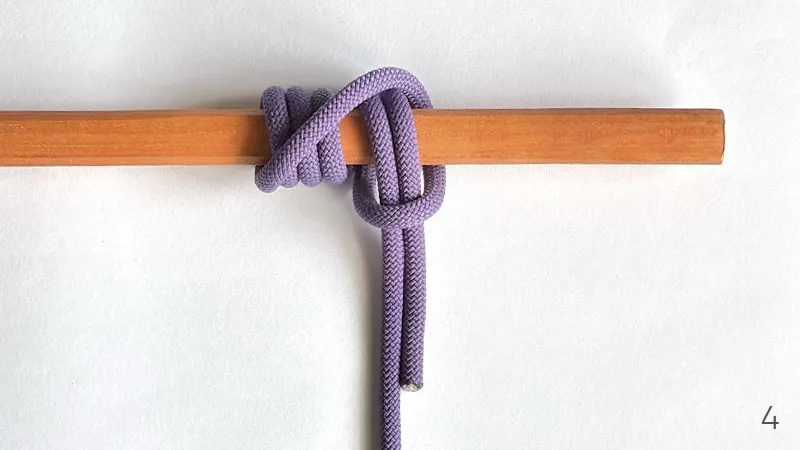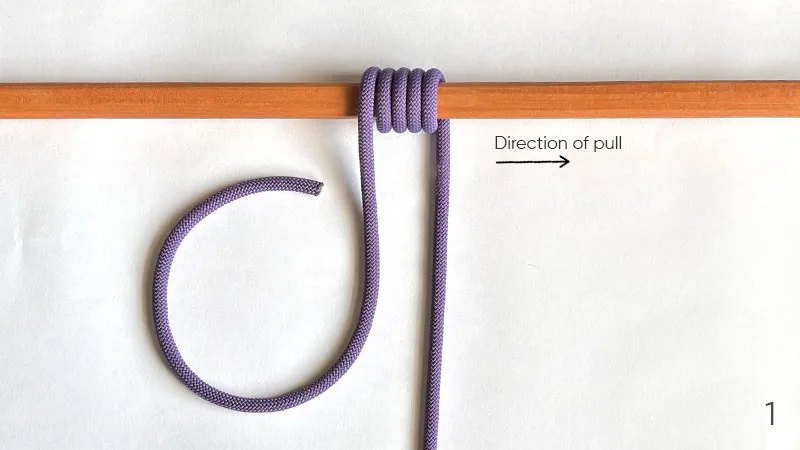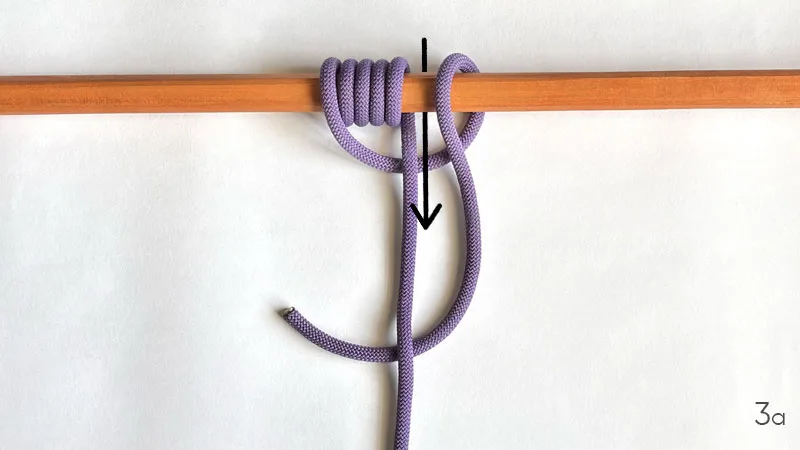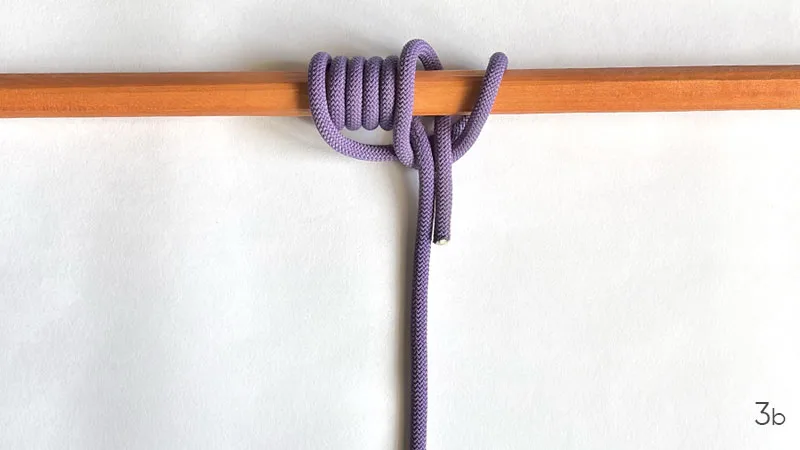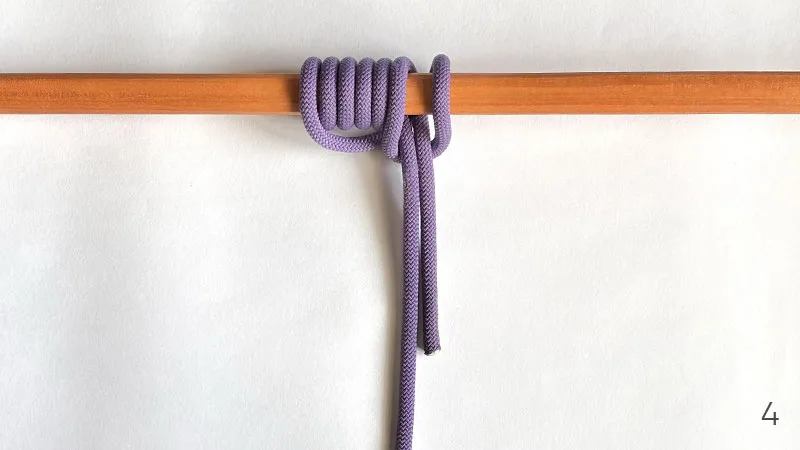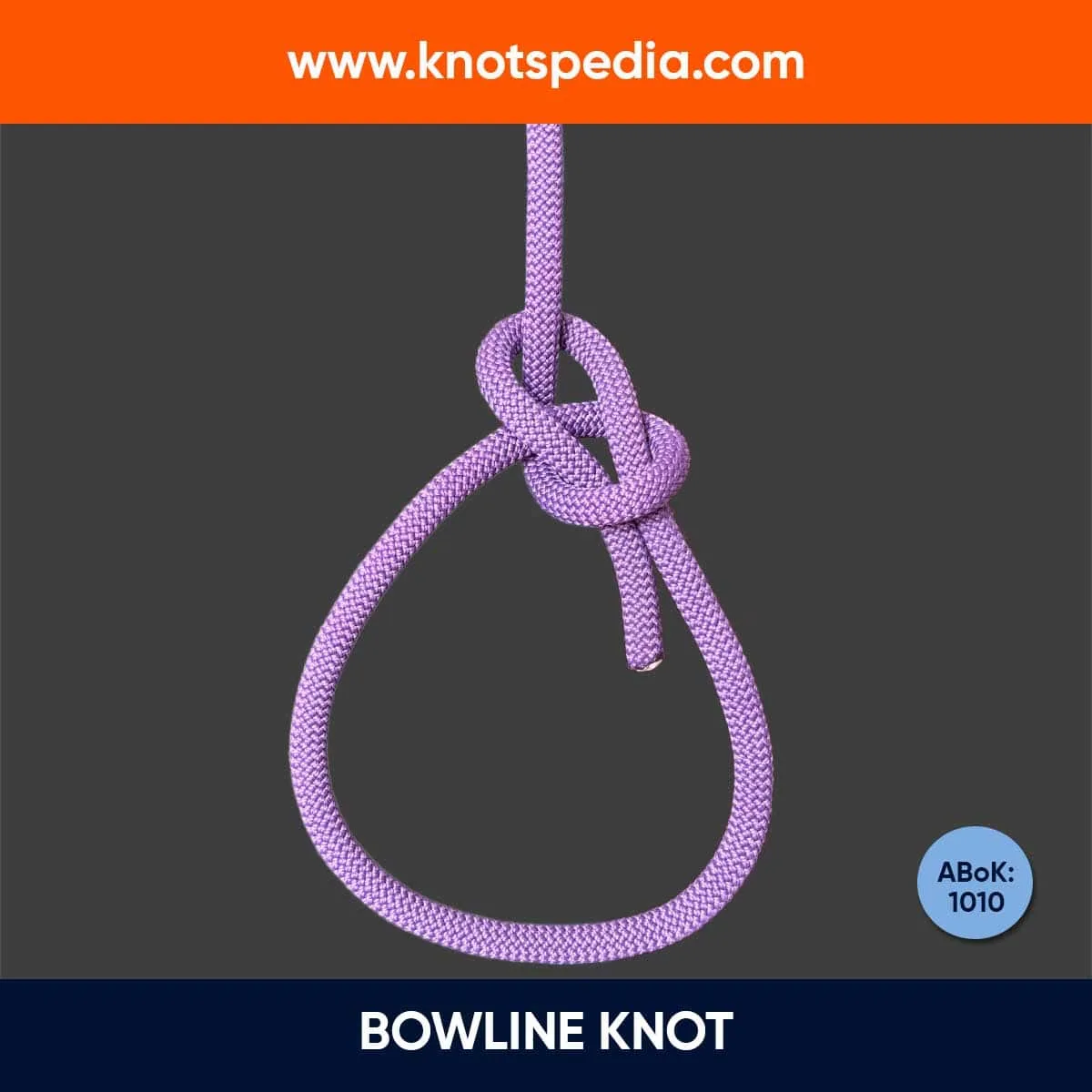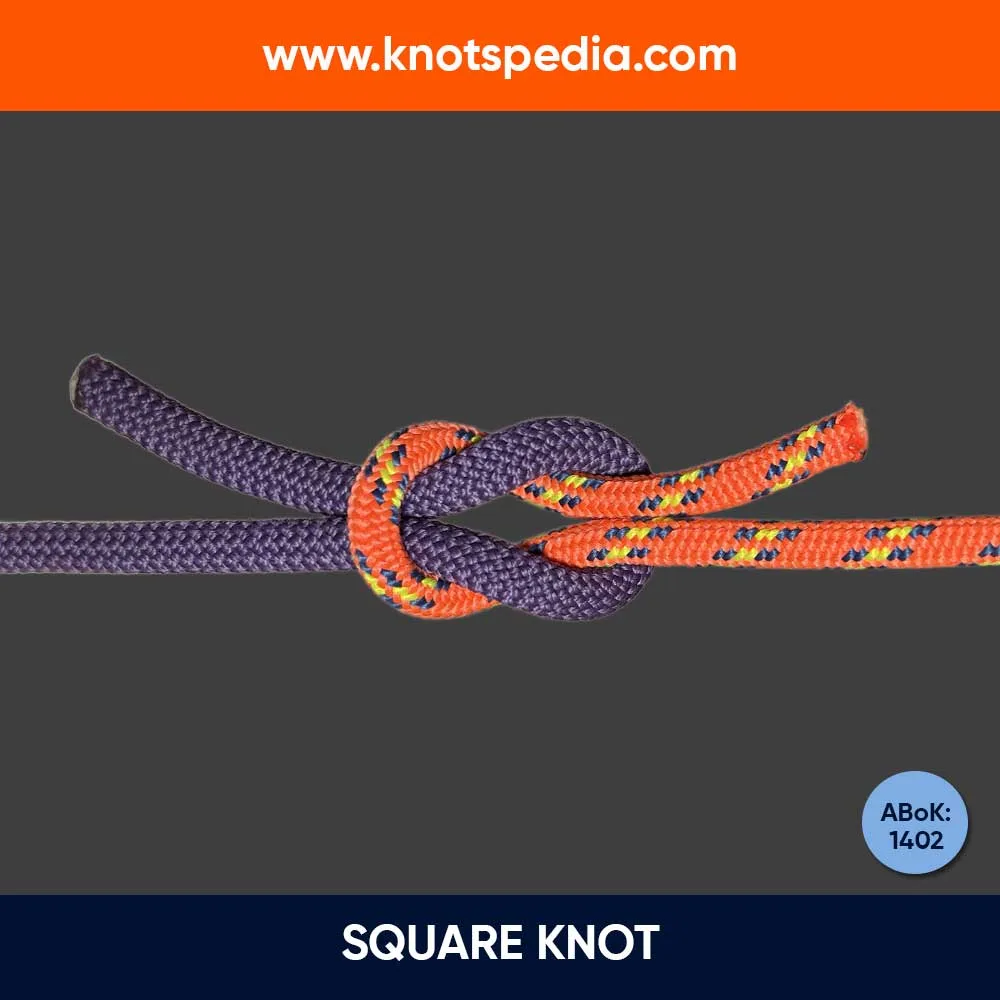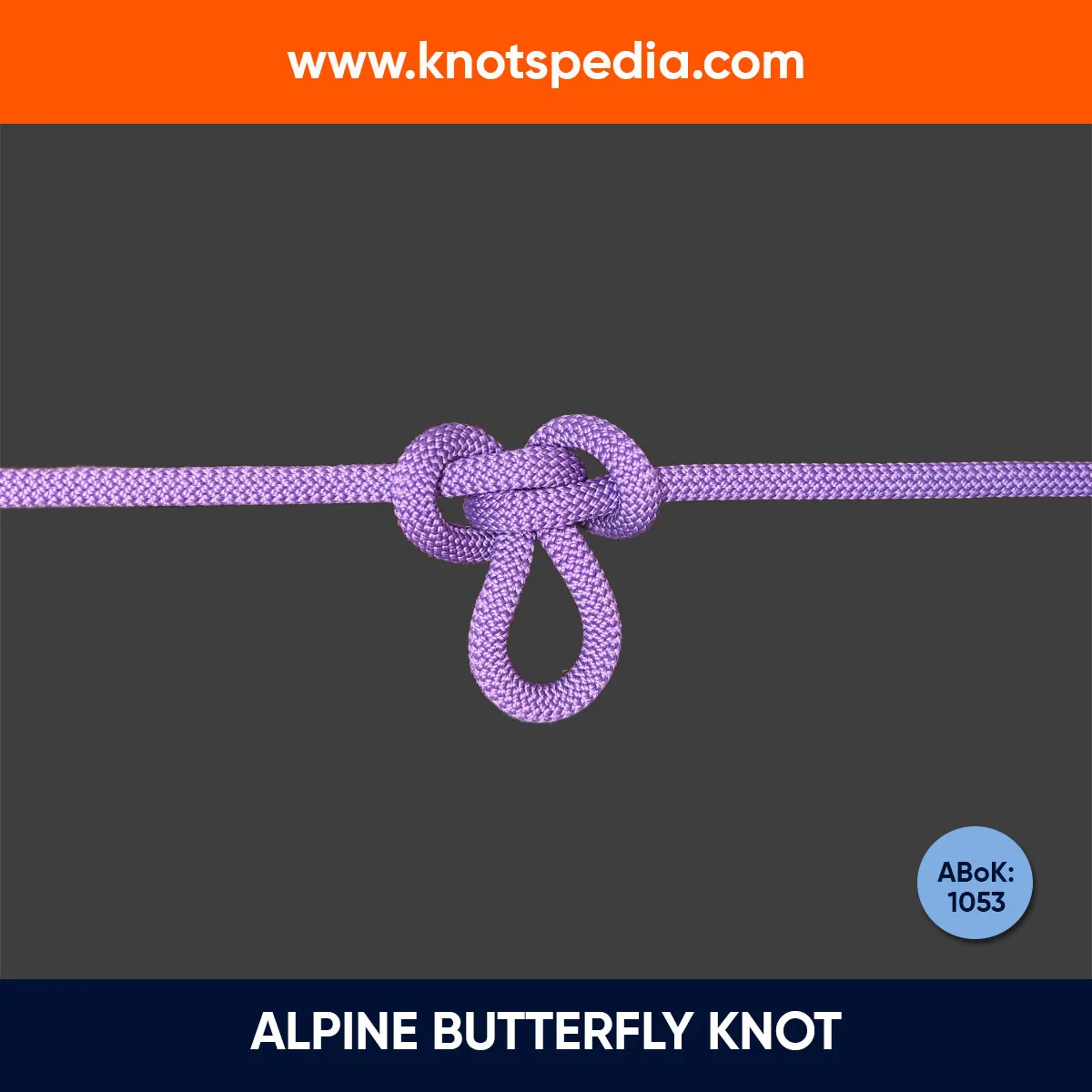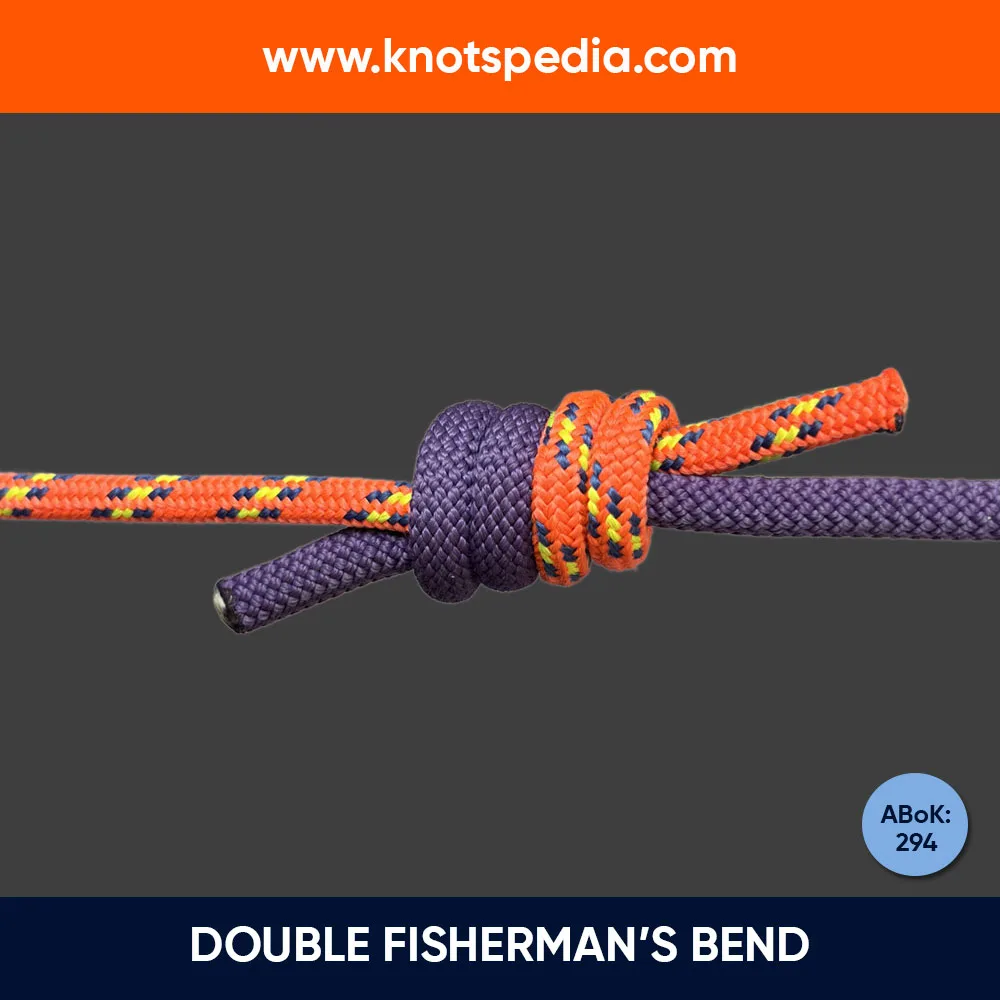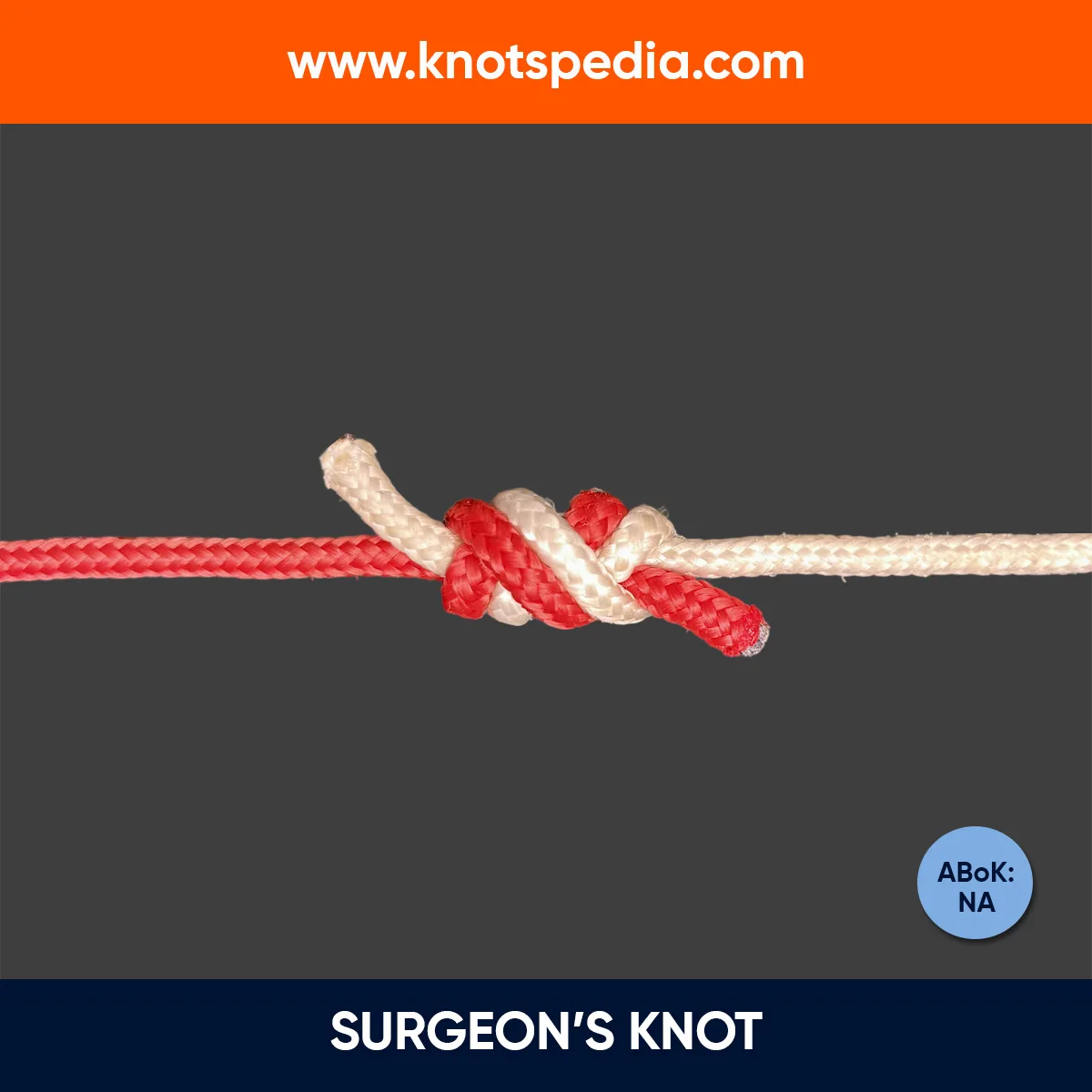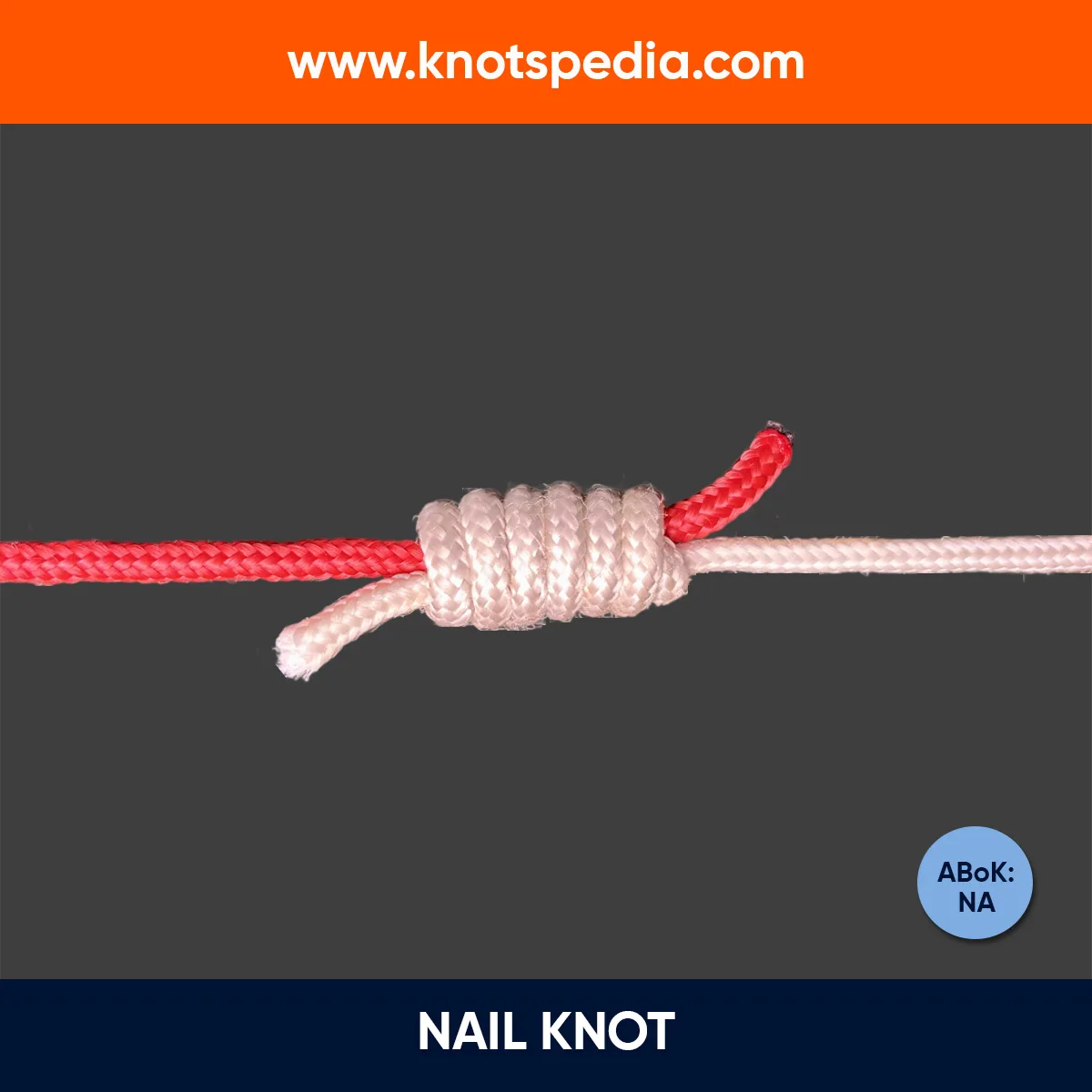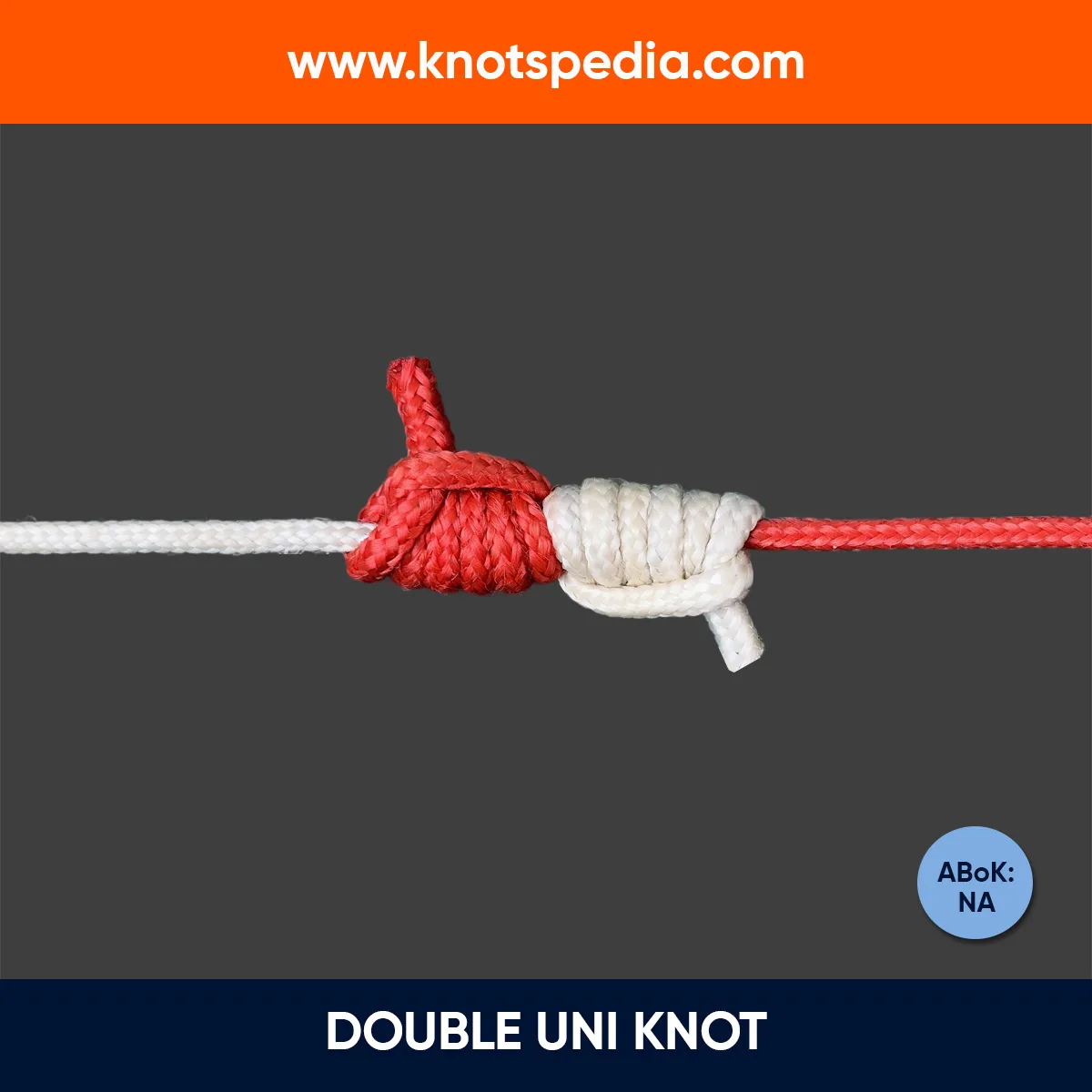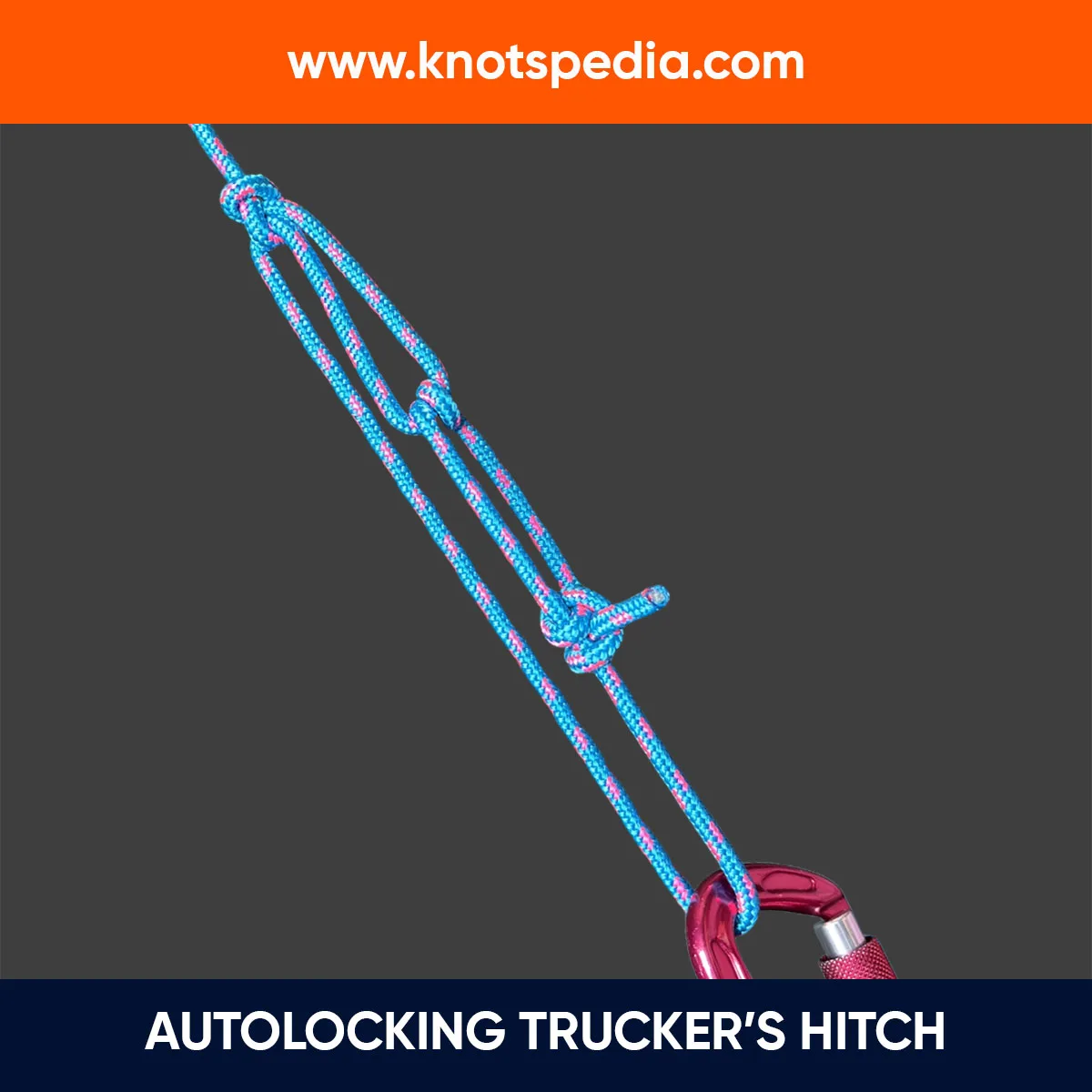The Icicle Hitch is used to hoist an object in a vertical direction or drag it in a direction parallel to the post.
It gets its name from its capacity to hold onto a smooth and slippery pole and tapered surface like an Icicle.
It looks similar to the Klemheist Knot used in climbing.
Let’s learn this hitch in detail.
Icicle Hitch Knot Details
Type: Slide and Grip
Other Names: None
ABoK reference: NA
How to Tie Icicle Hitch (Loop Method)
The Loop method is used when you have access to the end of your pole or stanchion.
- Wrap the working end of the rope around the post 4 times away from the direction of pull.
- Pass it behind the standing line and back over and down the post. You will see a loop just below the post.
- Pass the loop over everything and through the end of the post.
- Pull ends to tighten the knot.
Icicle Hitch Step by Step (Loop Method)
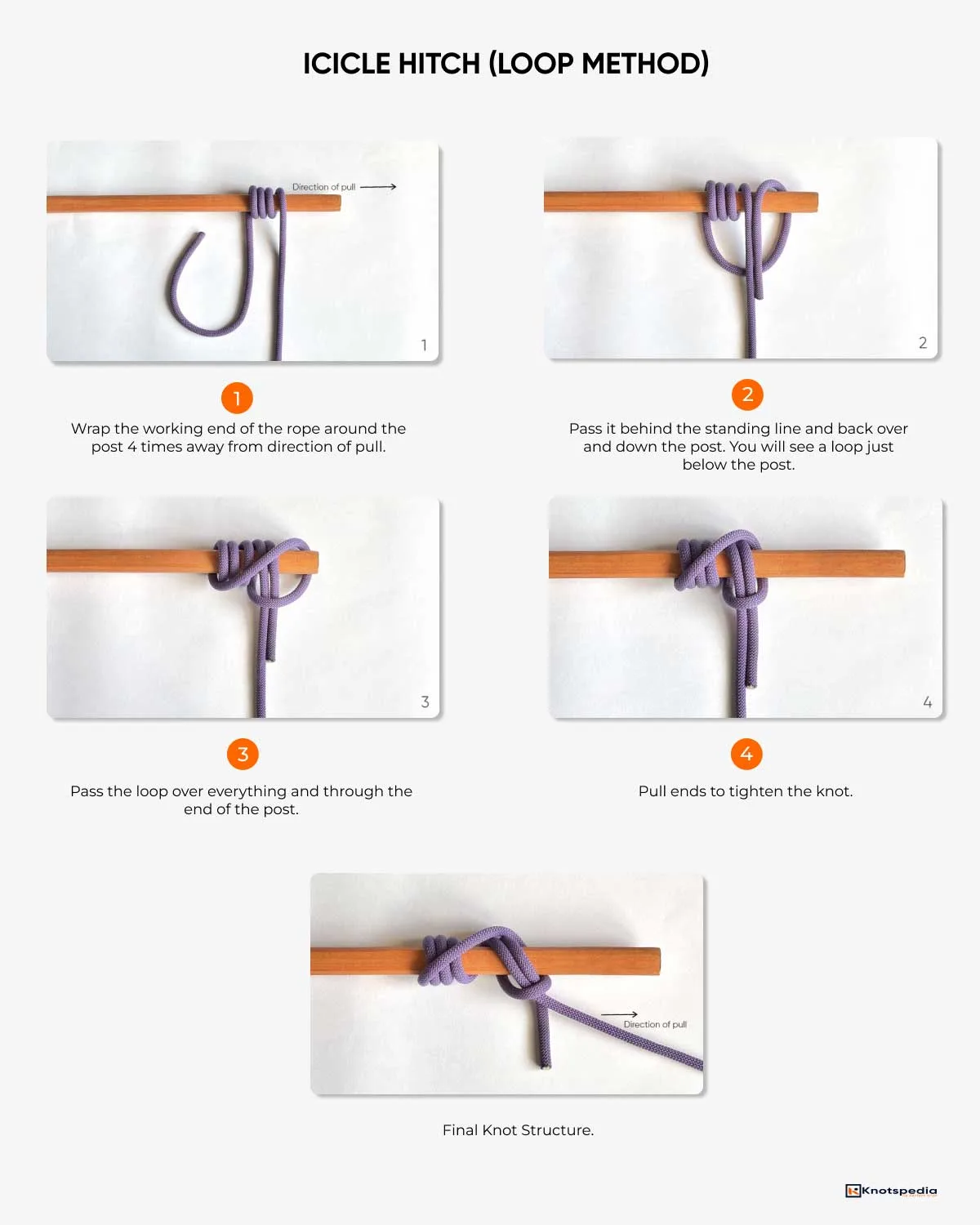
How to Tie Icicle Hitch (End Method)
Sometimes, when you don’t have access to the ends of the pole, you can use the End method.
- Wrap the rope around the pole 4 times away from the direction of load.
- Leave a loop and pass the working end behind the standing end, and then go behind and down the pole.
- Pass behind the standing end and over the pole again, and down parallel to the standing end.
- Tighten the knot.
Note: When this hitch is loaded on the standing line, the wraps will spread out and it looks like the hitch is coming undone. But the hitch will stay intact and does not slip.
Icicle Hitch Step by Step (End Method)

Icicle Hitch Security
There are many friction hitches that can be used for the lengthwise pull of objects.
But, none of the hitches is stronger than this Hitch.
In 2009, Practical Sailor magazine tested various knots for lengthwise tension applications and concluded that the Rolling Hitch might slip on modern slippery ropes.
In fact, they recommended the Icicle Hitch as a replacement.
Pros & Cons
- Provides strong grip and does not slip even on a tapered and slippery surface.
- Can be tied over a pole or at the end of a pole.
- Not an easy knot to tie.
Applications and Uses
The Icicle Hitch is used for hoisting an object or gripping a tapered post.
It’s used by Arborists to pull small trees out of the ground.
In construction sites, it’s used to hoist the construction tools.
Icicle Hitch Knot History
In 1990, John Smith demonstrated the Icicle Hitch at the 8th Annual General Meeting of the International Guild of Knot Tyers.
Later that year, it was published in the IGKT’s quarterly newsletter, Knotting Matters in issue #32.
Related Knots
Rolling Hitch
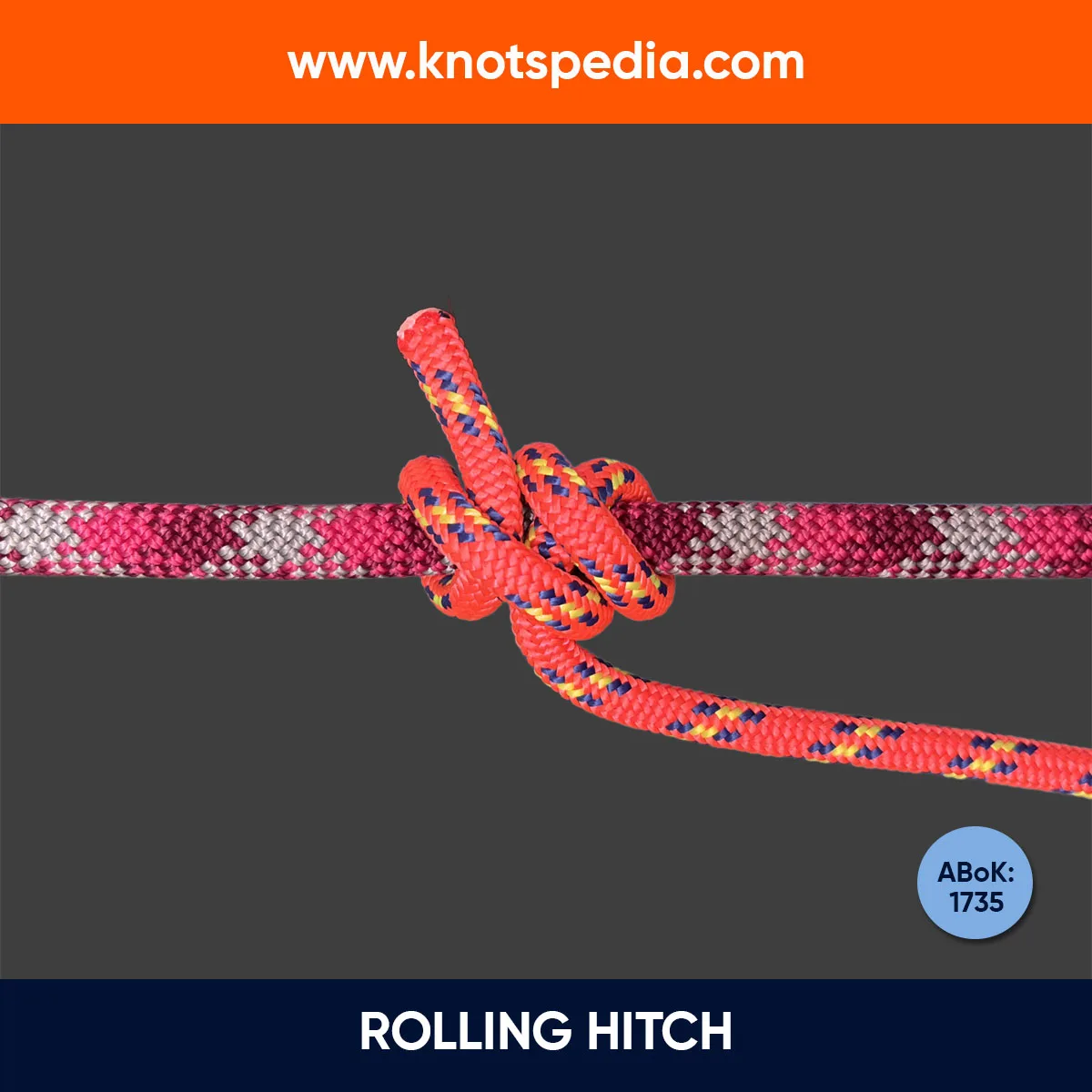
A Rolling Hitch is a commonly used friction knot, but it tends to slip under heavy loads and on slippery surfaces.
In the Icicle and Klemheist Hitch, once the load is applied, the coil is drawn longer and tighter, which gives it more gripping power.
But the loading tightens the coil at its far end in the case of the Rolling Hitch.
Prusik Knot
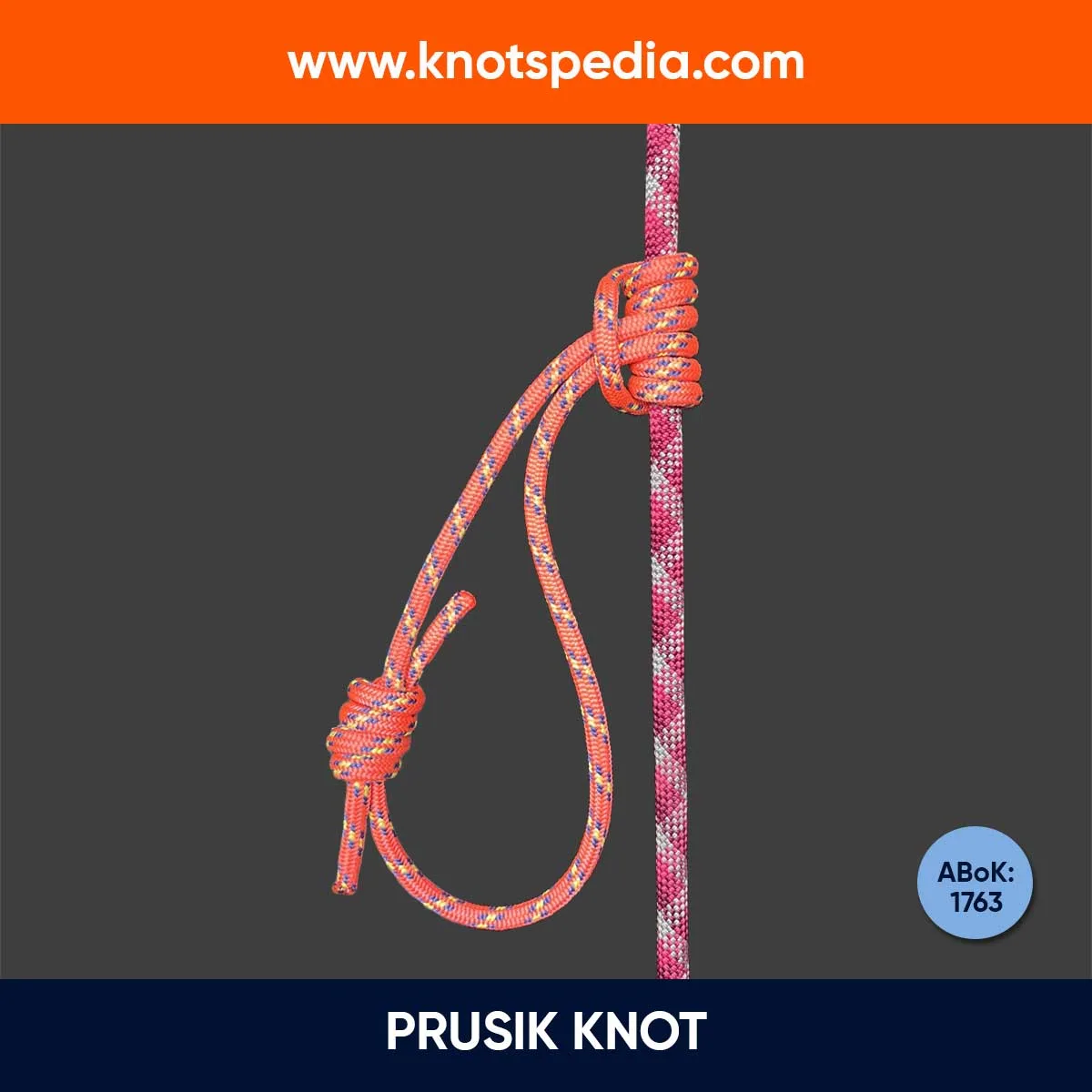
The Prusik Knot is one of the difficult knots to forget.
It is often used by climbers to ascend the rope and bushcrafters to securely attach a tarpaulin to a ridge line.
When the load is applied, the knot will grip fast to whatever it is wrapped around and can be adjusted along the rope.
It can withstand load in both directions.
The Icicle Hitch has a stronger grip on smooth objects.
Klemheist Knot
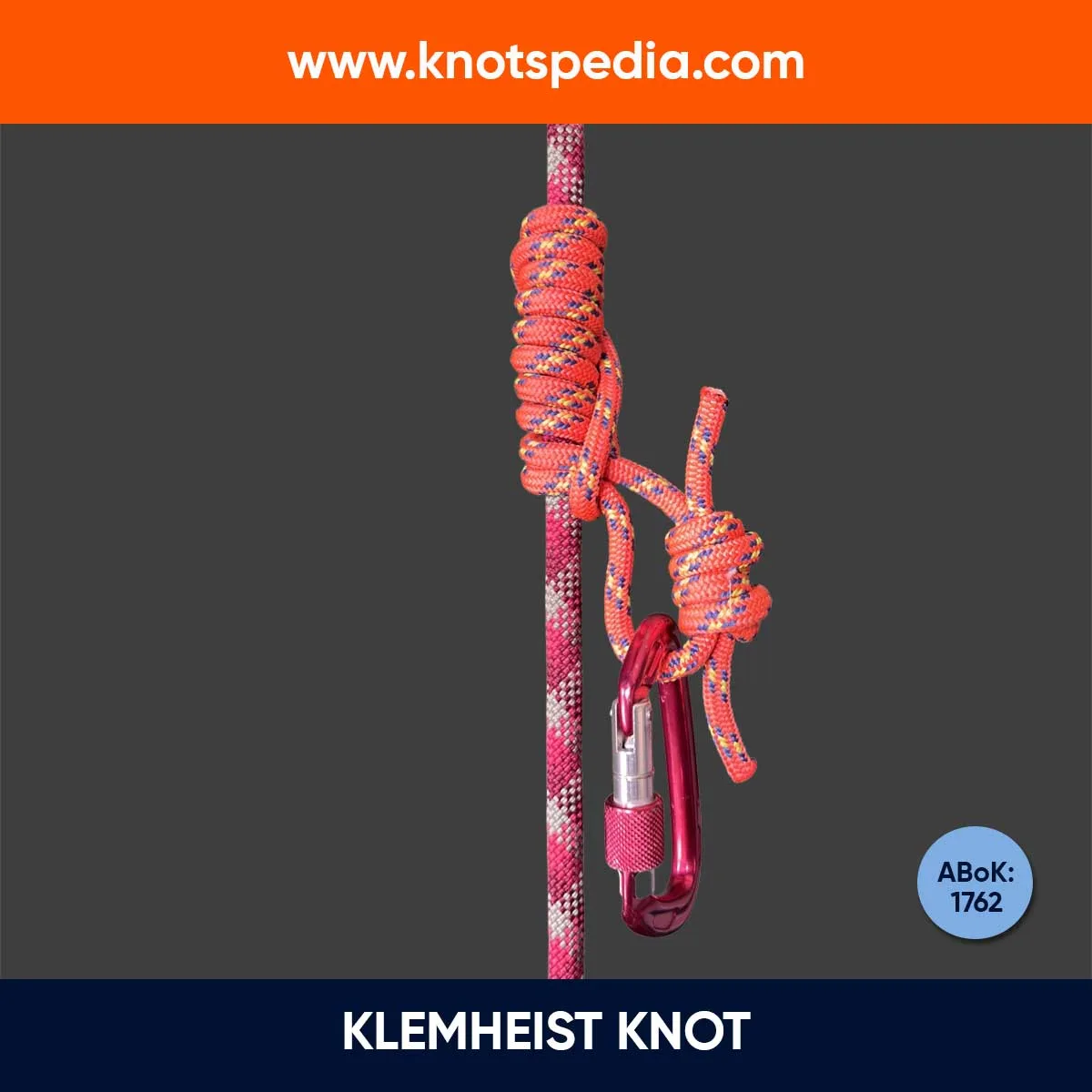
The Klemheist Knot looks identical to the Icicle Hitch.
It is tied by wrapping the loop cord (formed using the Double Fisherman’s Knot) around the rope.
The Icicle Hitch usually performs better than the Klemheist knot on smooth and tapered objects.
The Klemheist knot has its own uses in climbing, especially for ascending or descending the climbing line.
Gripping Sailor’s Hitch
The Gripping Sailor’s Hitch is often confused with the Icicle Hitch, but the last tuck of this knot is what makes it different.
Some experts say that it might perform.
Timber Hitch
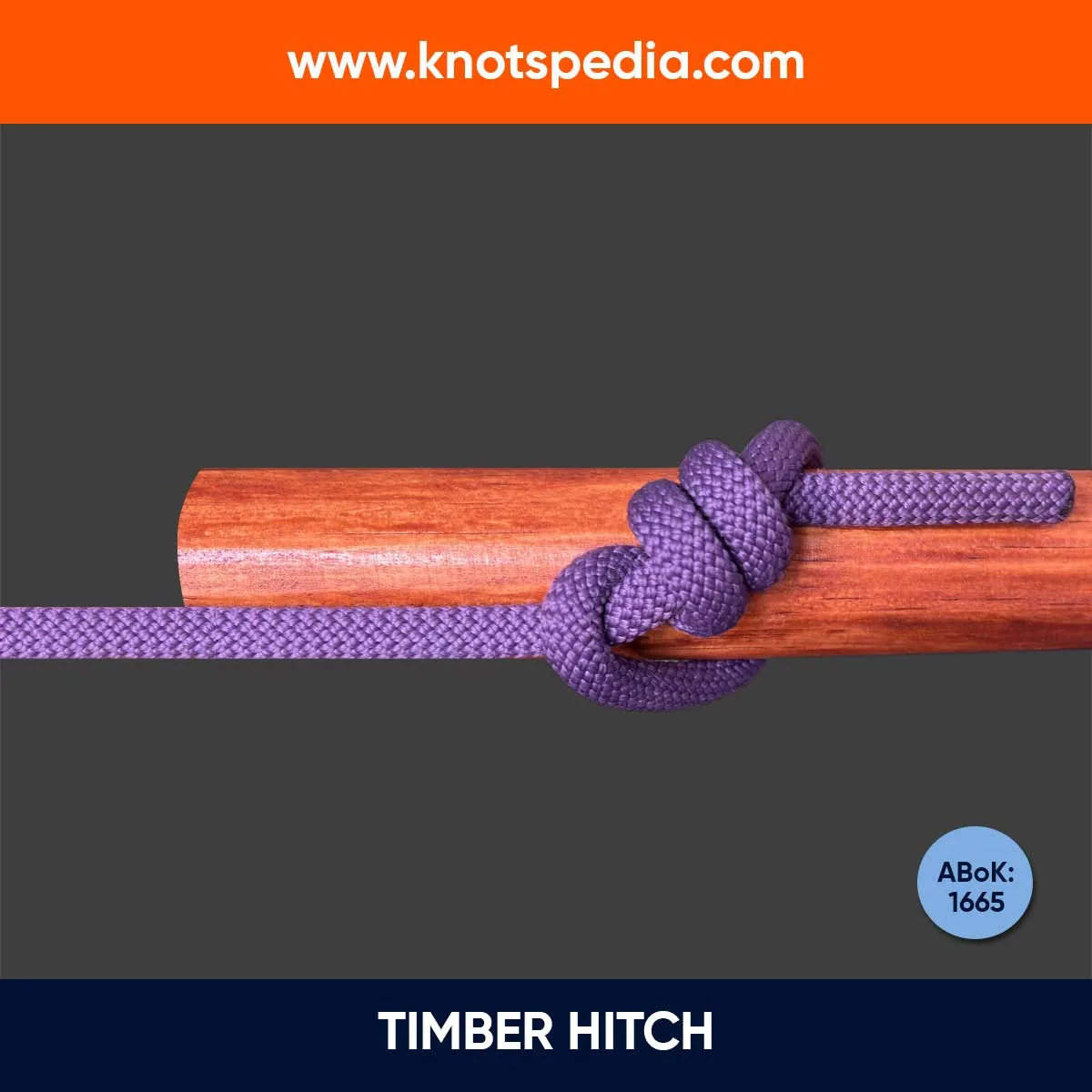
Timber Hitch does not belong to the slide and grip family of knots.
It’s one of the oldest knots with a history dating back to the 16th century.
In its original form, it is used for the right-angle pull.
But if you add a Half Hitch Knot, it can be used for the lengthwise pull as well.
It’s only mentioned here as it’s used for pulling logs or timber and towing or lowering the objects.
Share this article!
